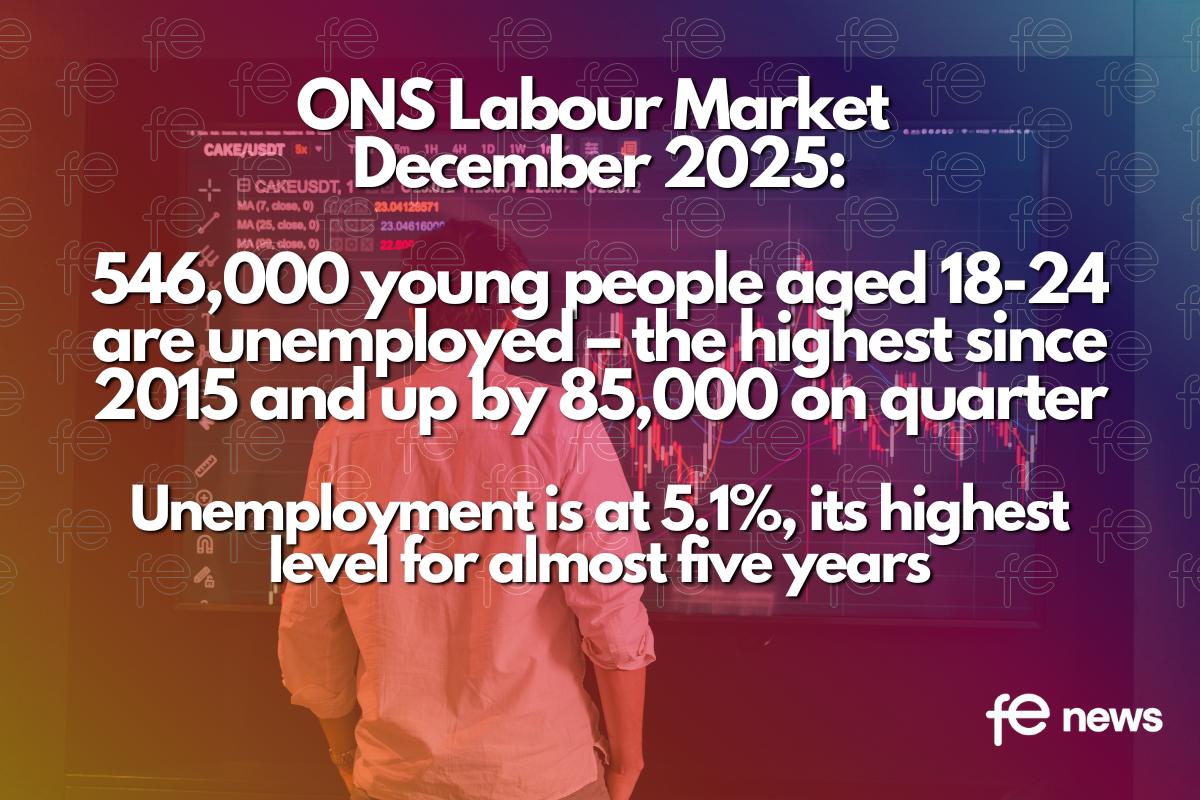Our responsibilities as cases of SEN keep increasing year-on-year

For those of us who work in SEN education, we often find ourselves fighting to balance two often-conflicting factors: providing adequate, effective support to those in need most and sourcing the funding to do so.
A recent round-up of government statistics and figures found that, on average in 2018-2019, the high needs block of the Dedicated Schools Grant (DSG) equated to an average spend of £456 per SEN child, with the Notional SEN Budget meaning schools are expected to fork out £6,000 of their own budget to make up the shortfall.
Government supply is not meeting SEN demand
And a shortfall there is. According to a National Education Union (NEU) report, nine of out ten local authorities in England have reached “crisis point” and are falling short of thousands of pounds when it comes to SEN provision.
A major reason for this is that the government is failing to keep up with growing SEN demand. Indeed, the number of children with an education and health care plan (EHC Plan) has risen 33% since 2015, but the funding for the high needs block has only increased by 6% over the same period.
In numerical terms, this is a rise from approximately 240,000 pupils with SEN to approximately 320,000 from 2015 to 2019, contrasted with £5.6 billion in high needs funding rising incrementally to £6 billion during that time. In real-terms funding, this actually equates to a £1.2 billion drop in funding.
Why are cases of SEN increasing year-on-year?
Literacy and inclusion expert Jules Daulby notes that “while the proportion of pupils with SEN has risen, it’s hard to know if this is because there are more children with SEN or because the system is getting better at identifying them.” Rising numbers of SEN pupils could well be attributed to general population growth, as well as advances in medicine that allow more children with disabilities to survive and thrive well into their school years.
Part of the reason could also be increased expectations from parents about the amount of support their child should receive. With parents pushing for their child to be properly assessed by the SEN support services, Daulby adds that this may be because “families have lost trust in the education system’s ability to support their children without a legal document making it mandatory.”
There may be more children unaccounted for
But, SEN assessments themselves may be flawed. With changes to the system that have seen SEN identification go from a 5-stage risk classification to two stages, it’s possible that there are children who previously had SEN support who are no longer able to access the resources and help they need to thrive. How many children with special needs and disabilities are struggling with support because they no longer qualify as needing SEN support or an EHC Plan?
Of course, we’d be amiss if we didn’t point out that the process for securing much-needed EHC Plans has also had its shortcomings. In May 2019, the London Borough of Hackney was criticised by the Local Government and Social Care Ombudsman for lengthy delays in providing support for two children with SEN. With a January 2019 investigation by the BBC finding that over 26,500 applications took longer than the recommended 20 weeks to finalise, it’s clear there are failings that need to be addressed.
More needs to be done – by the government, by local authorities and by those like us, who work in SEN education and see the impact of these issues played out on our pupils on the (school) ground – to pull together to bring balance back to the SEN pupils who need it most.











Responses